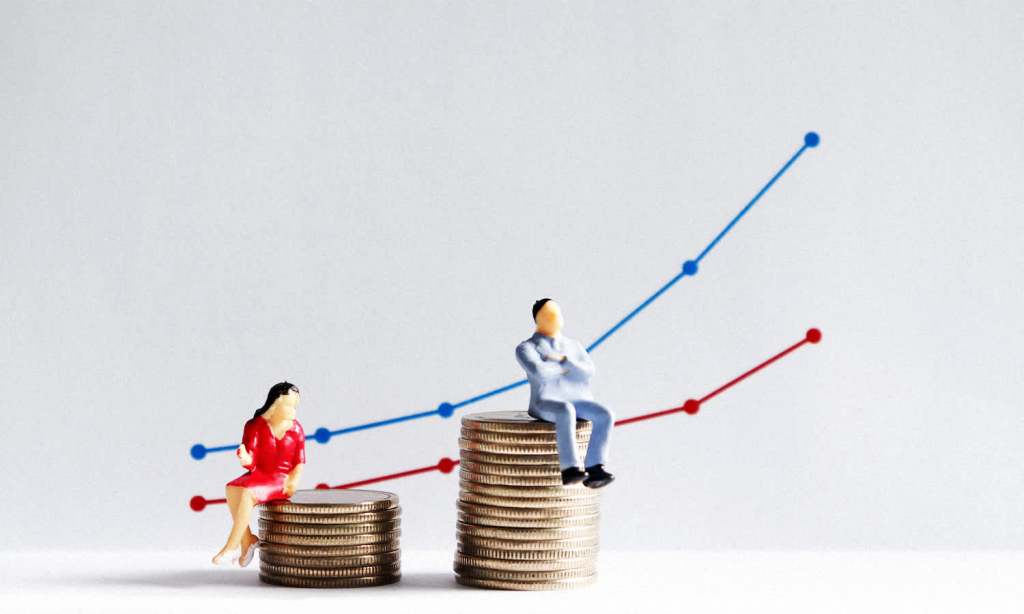By the age of retirement, women will typically have 24% less superannuation saved up than their male counterparts. This has been attributed to a range of factors, from childcare to the gender pay gap, and it has some serious knock-on effects.
Women live on average 4 years longer than men do, meaning they often run out of savings much earlier. 34% of Australian women over the age of 60 live in income poverty, compared to 27% of men.
The problem is worsening too, with the latest census data showing that the number of women over the age of 55 experiencing homelessness has increased 31% over the previous five years.
This is not a new or underreported issue. The Australian Human Rights Commission have been working on this problem for at least a decade while large auditing firms like KPMG have written analysis on how these issues can be tackled.
Many of Australia’s largest companies pay super on maternity leave – thought to be the biggest contributor to the gender super gap – yet the Federal Government does not, despite the vast majority of women choosing to take this type of leave.
The Australian Council of Trade Unions has recently criticised the Government’s inaction on the issue, saying that the Morrison government has made “clear” and “deliberate decisions” to not address the pay gap.
Super funds have been writing on the issue for years, laying out helpful guides and tips to help women save more to overcome some of these entrenched structural issues. But it’s Governments that are in the strongest position to correct this issue, something that they have chosen to ignore.
Industry Super Australia has taken aim at the NSW government for also failing to address the problem, with Advocacy Director Georgia Brumby saying that gender inequality needs to be an election issue.
“We fear at this election women’s future financial security is going to be sacrificed in the name of fiscal restraint, despite the modest super contributions being vital to a mum’s retirement savings,” Brumby said.
The gender super gap for NSW working mothers is getting worse as both major political parties sit on their hands and have yet to commit to paying super on the government parental leave scheme.
The median super balance of NSW women is 21% less than men’s in 2018-19, a drop of 4% from 2013-14.
The gender gap widening coincides with child-rearing years for many women. This highlights the need for super to be paid on the Commonwealth’s 18-week paid parental leave scheme – which it currently is not.
Not paying super on taxpayer-funded parental leave places a penalty on mums’ savings that lasts decades. Up to 467,000 NSW mothers have already missed out on almost $523 million in super contributions in the last 10 years. This super sting costs a mother of two up to $14,000 at retirement.
Overwhelmingly, women take Commonwealth Parental Leave Pay – 99.5% compared to just 0.5% of men. Compounding the problem is that employers do not need to pay super on parental leave, yet workers are paid super on most other types of leave.
A mother of two who received super on Commonwealth Parental leave Pay and from their employer would have $26,500 more super at retirement.
Promisingly, the Workplace Gender Equality Agency found about 49% of larger employers offer super on their parental leave scheme, but still far too few women are paid super while on parental leave.
It’s now time for the government to follow the example of almost half of Australia’s big employers and pay super on its scheme.
“Working mums should not be left behind for having a baby, it’s time to end this tax on pregnancy,” Brumby said.
Read more stories from The Latch and subscribe to our email newsletter.







